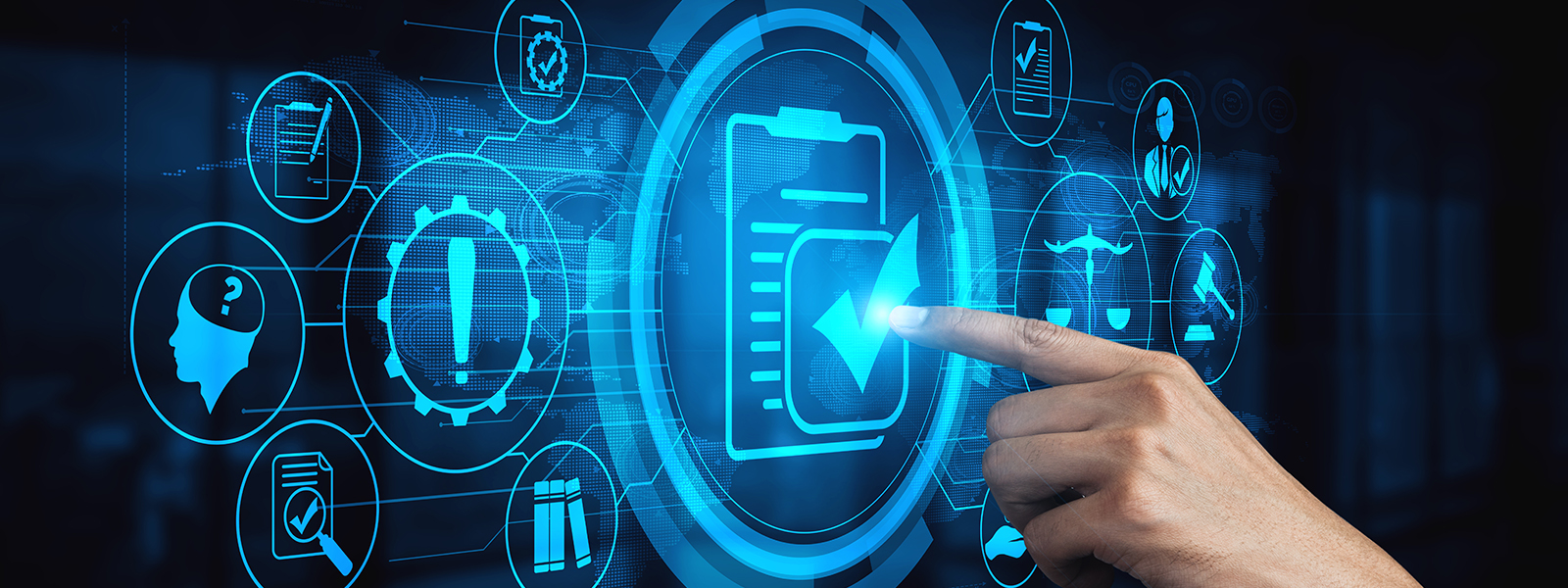In the 21st century, businesses must be fast and agile to adapt to new challenges and opportunities. AI algorithms continuously monitor data streams for subtle changes in behavior that may indicate risks of imminent or future disruption. The speed and accuracy of AI in detecting regulatory changes enable companies to take proactive steps to remain compliant and reduce the risk of non-compliance. Numerous regulatory changes may affect your business, whether it’s a new law, an updated standard, or an industry best practice. AI can help you monitor these changes to stay compliant with industry regulations.
Why Is It So Important to Stay Compliant?
Being compliant is critical for organizations in a digital economy. It can cost you money if you can’t handle customer data properly or your staff can’t collaborate efficiently. You may miss out on business opportunities if you can’t respond quickly to new opportunities. If you can’t protect your customers, you may lose customers. And if you can’t get the right resources to market your products and services, you may struggle to keep your business afloat. If you are non-compliant, there are significant penalties you may face, including financial and reputational damage. Most organizations, including 80% of the Fortune 100, have reported being attacked by cybercriminals in the last year. Security breaches have become an unfortunately common occurrence. If you are not compliant with data protection regulations, you may be liable for fines in the tens or hundreds of millions of dollars.
How to Monitor Regulatory Changes with AI
AI algorithms can detect subtle changes in the data that indicate regulatory changes. For example, using AI, you can set up a continuous monitoring system to track the following regulatory changes: – New laws and regulations – New industry standards and best practices – Discoveries about risks that may require new compliance measures – New resources (such as new services, tools, or vendors) that can help your organization achieve compliance.
AI in detecting data protection changes
AI algorithms can detect subtle changes in data that indicate a change in data protection laws. For example, they can detect a drop in data subjects filing complaints with data protection authorities that may reveal new privacy laws. They can also detect changes in the data flows that indicate changes in data protection laws. For example, they can detect an increase in data sent to countries with lower data protection standards that may indicate new data transfer restrictions. For each of the above changes, AI can help you understand the specific difference so that you can take the appropriate action.
AI in detecting organizational changes
AI algorithms can detect subtle changes in the data that indicate organizational changes. For example, they can see a drop in the number of customers signing a form confirming their consent to processing their data which may mean new requirements. For each of the above changes, AI can help you understand the specific difference so that you can take the appropriate action.
AI in detecting compliance with standards and best practices
AI algorithms can detect subtle changes in the data that indicate compliance with standards or best practices. For example, they can see an increase in the number of customers opting out of receiving marketing communications, which may indicate a new standard for marketing communications. For each of the above changes, AI can help you understand the specific difference so that you can take the appropriate action.
Conclusion
AI algorithms can detect data protection and organizational and compliance changes. Using AI in compliance management, you can set up a continuous monitoring system to track the changes: New laws and regulations, New industry standards and best practices, discoveries about risks that may require new compliance measures, and New resources that can help your organization achieve compliance. The D2Platform from www.deepdatum.ai can help keep your organization compliant. Contact us at ask@deepdatum.ai


Leave A Comment